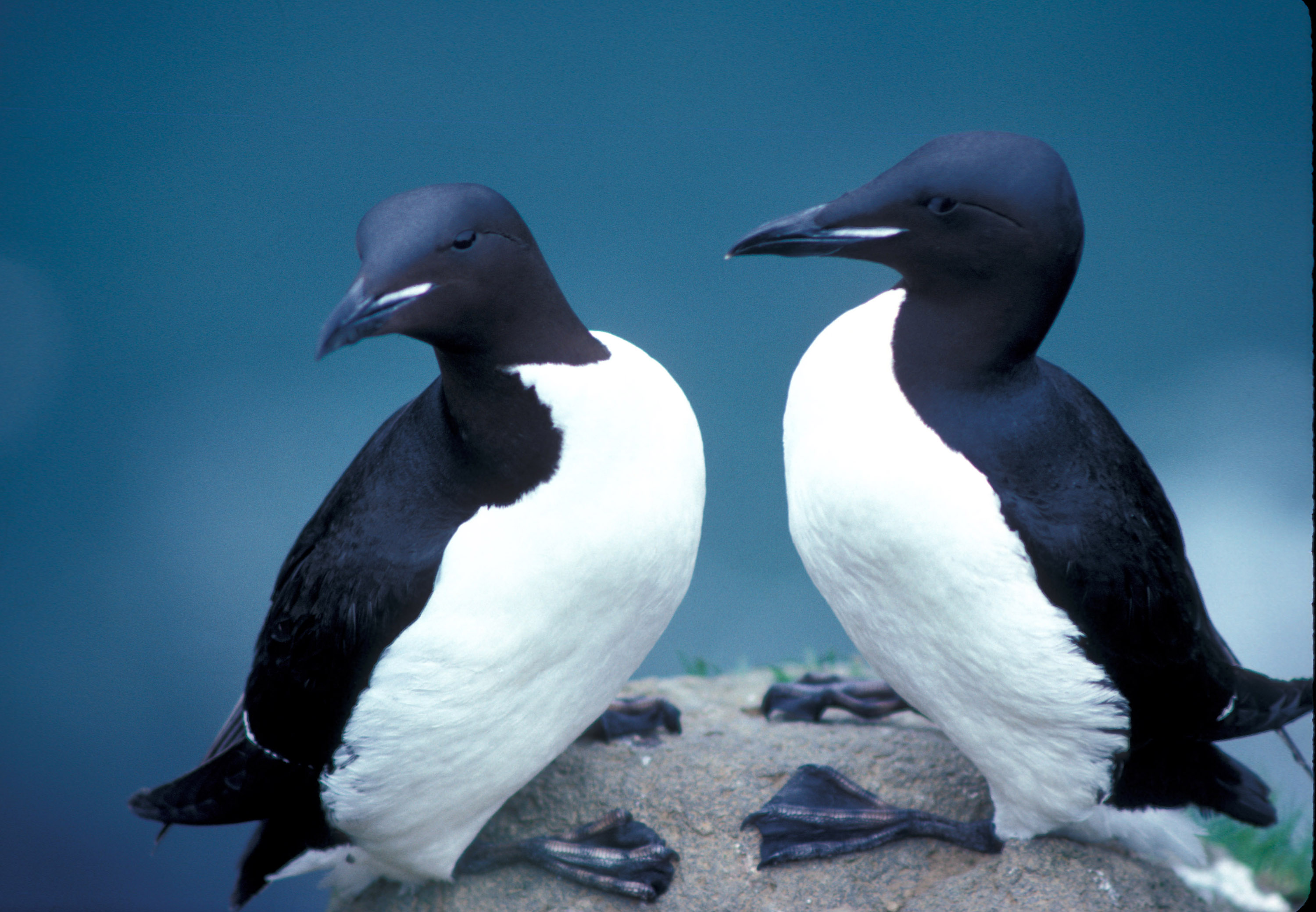We’re so used to the fact that penguins are flightless that it seems like the natural state for these birds. However, the ability to fly was an advantage not to be discarded lightly. After all, being able to fly would actually be quite handy for birds that migrate vast distances, not to mention for quick escapes from sharks and orcas. Unfortunately, the better adapted your body is to swimming and diving, in terms of biomechanics and energy costs, the less adapted it is for flying.

Pelagic cormorant (Phalacrocorax pelagicus)

These data suggest that wings can be great for flying or swimming, but not both. Murres, which do use their wings for both flying and diving, are mediocre at both. Cormorants reserve their wings for flying and so expend less energy flying and more energy diving. Penguins, which have devoted their wing structure solely to swimming, expend the least amount of energy doing so.
I guess the lesson here is that if you really want to do something well, you have to specialize.
No comments:
Post a Comment